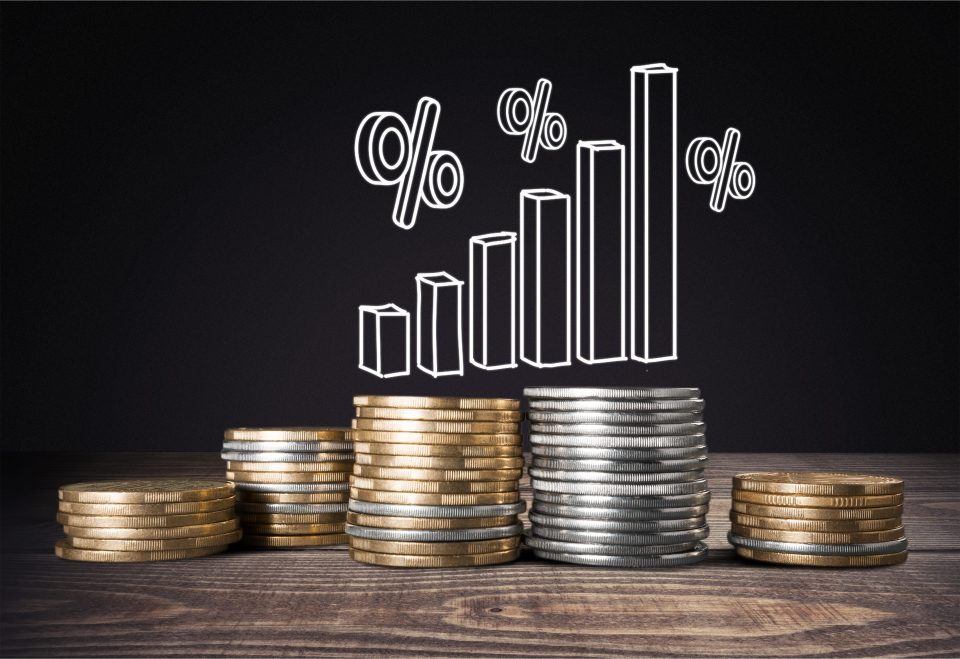What’s Driving the Surge in Money Market Account Openings in Singapore

Singapore’s financial scene has witnessed a notable surge in the opening of money market accounts (MMAs) in recent years. The shifting economic landscape and the influence of important financial products like interest rate swaps are the main causes of this increase. MMAs have emerged as a desirable choice for investors looking for safer and more reliable ways to invest their money. Let us examine the causes of this money market account growth trend and the key role interest rate swaps play in it.
Interest Rate Swaps’ Function
At the core of the present change in investing behavior are interest rate swaps. A financial derivative in which two parties exchange interest rate payments is known as an interest rate swap. It is possible for one side to pay a set rate and the other to pay a fluctuating rate. These swaps are essential to Singaporean financial institutions’ interest rate risk management and benchmark-setting for MMAs and other financial products.
Institutions are increasingly using interest rate swaps as a hedge against future rate changes since interest rate fluctuations are unpredictable. As a result, there is a greater need for financial products with more consistent and predictable returns, such as MMAs. Because financial institutions can use swaps to control their interest rate risk, MMAs are a desirable choice for private investors seeking more secure, steady returns in a tumultuous market.
Economic Elements Driving the Transition
Singapore has experienced the consequences of the significant changes in the global economic landscape in recent years. In reaction to inflation and economic expansion, central banks all over the world—including the US Federal Reserve—have been modifying their interest rates. These modifications have an impact on Singapore’s interest rate environment, which in turn influences how individuals allocate their funds.

For example, the return on short-term savings products, such as MMAs, tends to climb in tandem with anticipated increases in interest rates. Because of this, MMAs are a strong choice for investors who wish to benefit from larger returns without assuming excessive risk. Investors are viewing MMAs as a safer option during uncertain times because interest rate swaps assist institutions in managing the risks related to these rate fluctuations.
Institutional Modifications and Investor Trust
The financial institutions in Singapore are modifying their methods to draw in more investors to MMAs as they adjust to the changing economic environment. Banks are providing more competitive rates on MMAs in reaction to rate swings and market volatility, which is encouraging many people to open accounts. To further establish MMAs as a reliable and lucrative choice, the institutions are now employing interest rate swaps to control the risks involved in providing these products.
Both institutional tactics and market forces are responsible for the heightened trust in these financial instruments. In order to provide better rates on MMAs, institutions are using swaps, and the overall state of the economy is pushing investors to transfer their funds into these low-risk accounts. MMAs offer a safe haven for people wishing to protect and increase their savings in light of the ongoing market influences from global economic uncertainty.
Interest rate swaps are one of the variables contributing to Singapore’s spike in money market account growth. These swaps assist institutions in managing risk and provide competitive rates on MMAs, which increases their appeal to investors as the financial landscape changes. Due to fluctuating interest rates and economic volatility, MMAs have grown in popularity as a viable option for investors seeking steady returns. Investors can make more educated judgments regarding their savings if they have a thorough understanding of the dynamics of interest rate swaps and the larger economic forces at work.
[ad_2]
Source link









